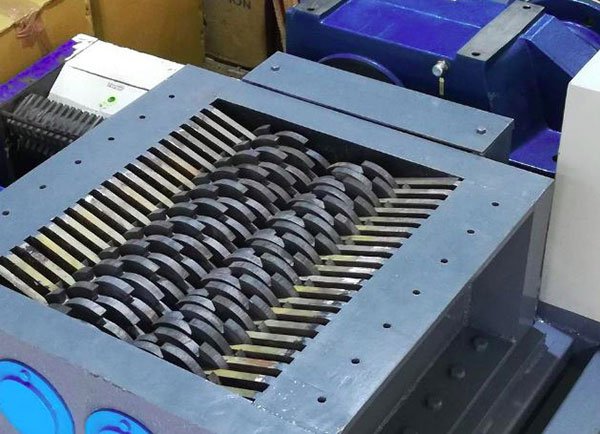Whether you’re handling construction waste, recycling materials, or managing a large-scale industrial operation, selecting the right industrial shredder NZ can significantly impact your efficiency, safety, and long-term cost savings. These machines are built to break down everything from plastic and metal to green waste, but not all shredders are created equal. Knowing what to look for—and what to avoid—can help you make a smart, future-proof investment.
Understanding the Role of Industrial Shredders
Industrial shredders are essential for reducing waste volume and preparing materials for further processing or recycling. In New Zealand’s growing push for sustainability and smarter resource recovery, shredders have become vital across a range of industries—from agriculture and construction to manufacturing and recycling.
They’re used to:
- Minimize landfill waste
- Improve transport efficiency
- Support regulatory compliance (especially for hazardous or electronic waste)
- Enable material repurposing
Choosing the right model depends largely on the materials you’re processing, the scale of your operations, and the output requirements.
Key Types of Industrial Shredders and Their Uses
Industrial shredders vary in design and function. Here’s a breakdown of the most common types used across NZ industries:
1. Single-Shaft Shredders
Ideal for: Plastics, wood, paper, textiles
These shredders use a hydraulic ram to push material against a single rotating shaft with cutting blades. They’re efficient for reducing bulky items into manageable sizes.
2. Double-Shaft Shredders
Ideal for: Metal, e-waste, tyres, construction debris
Known for their durability and torque, double-shaft machines can process tough, dense material. They cut using two interlocking shafts that rotate slowly but powerfully.
3. High-Speed Granulators
Ideal for: Lightweight plastics, thin film
These are used for fine shredding where the material needs to be ground down to smaller particle sizes. Less robust than dual-shaft units but useful in recycling facilities.
Considerations When Selecting an Industrial Shredder in NZ
To choose the right shredder, you need to weigh several factors that impact performance, maintenance, and longevity:
A. Material Type & Volume
Different shredders are built for different feedstock. Green waste, concrete, rubber, or packaging materials all require different shredding technologies. Think long-term: what materials are you likely to process now and in future?
B. Output Size Requirements
Are you looking to just reduce volume, or do you need a consistent particle size for reuse or recycling? The desired output size will influence the cutter design and screen options of your shredder.
C. Maintenance and Downtime
NZ operators, especially those in remote or rural areas, need machines with easy access to parts and reliable service support. Always ask about blade lifespan, ease of cleaning, and mechanical access before committing.
D. Energy Efficiency
Running an industrial shredder isn’t cheap. Look for modern machines that feature load-sensing motors, energy recovery systems, or programmable controls that optimize performance without excessive energy use.
E. Safety and Compliance
With strict NZ workplace safety laws, your shredder must include adequate safety controls, emergency stop systems, and protective guards. Non-compliance can result in hefty fines or serious injuries.
Why Local Solutions Matter
Sourcing a shredder suited to New Zealand’s environmental and regulatory needs offers long-term advantages. The country’s waste management standards are continually evolving, particularly around construction and demolition waste, organics, and e-waste. Opting for a model designed for the NZ market ensures compliance with local expectations—and often easier access to after-sales support.
Tips for First-Time Buyers
- Trial the machine if possible – Some suppliers offer demos or rental options.
- Ask for references – Learn from others in your industry about performance and support.
- Budget for the full lifecycle – This includes servicing, spare parts, blade replacements, and operator training.
- Check for integration options – Some shredders can be paired with conveyors, screeners, or balers to create a more efficient waste-handling line.
Final Thoughts
Choosing an industrial shredder in NZ is more than just picking a machine—it’s about investing in productivity, safety, and sustainable waste management. By understanding your materials, workflow, and long-term goals, you’ll be in a better position to select a shredder that delivers reliable performance and real value.
